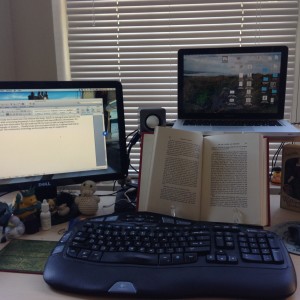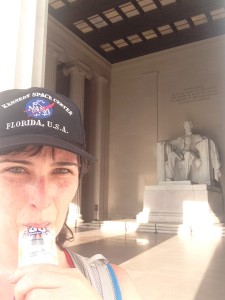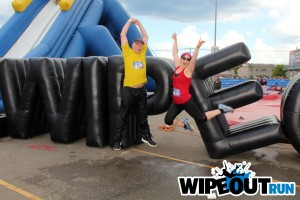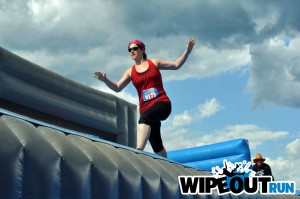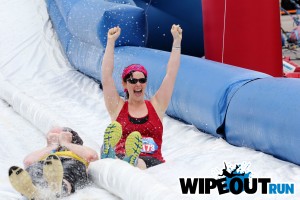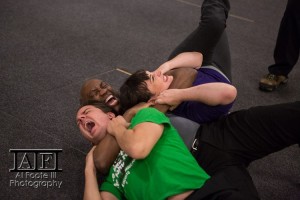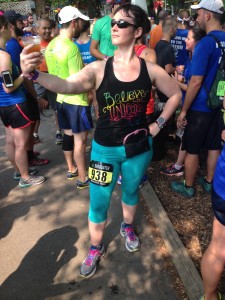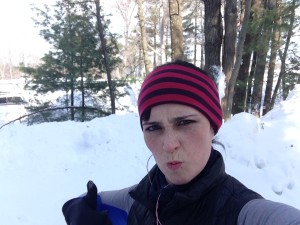Writing a dissertation (or any long project; particularly one that involves research) is a specialized skill that requires specialized training and (not to be ignored) specialized equipment. While I suppose in theory you could write a dissertation on a single laptop with nothing but Microsoft word and an internet browser, doing so would be a great disservice to yourself and make your life needlessly complicated. In the digital age, technology is plentiful, relatively inexpensive, and generally easy to operate. There’s no reason to do without certain vital tools that can make your writing days more productive.
With that goal in mind, I thought I’d take a minute to share the tools of my trade; the things I use to write and research that make my life infinitely easier. I would go so far as to say that I probably wouldn’t have made it to this point in the process without them. For me, these tools are simply necessary to productivity; I think you’ll find them equally useful.
For reference: my primary machine is a basic model Macbook Pro from 2012. Nothing fancy, but definitely gets the job done.
External Monitor
The only “excess” technological asset that researchers have found actually increases productivity is increased monitor space. It’s not the speed of your hard drive or parallel processing capabilities, but rather how much (literal) digital space you have to lay things out. For me, the external monitor is key to almost everything I do. It allows me to open a text on one screen and my notes on a second, thus transcribing with ease. It allows me to open my notes on one screen and my writing document on a second, thus allowing me to write from research with ease. It allows me to open multiple images on a large scale and compare them side-by-side. It allows me to have my citation manager available for reference during note taking and writing. My external monitor has been key to my work as a Graduate student, academic, and person in the world. And, when you’re taking a break for lunch or what have you, you can play your YouTube videos on one monitor while browsing the web on the second. It’s a win/win. If you’re not writing/researching from two monitors, you’re basically living in the dark ages. Invest in this not-terribly-expensive but terribly-useful tool now; I promise you won’t regret it.
Backups
Anyone who works on any serious project needs to have a backup strategy. While e-mailing yourself copies of your work might be one way to do this, there are easier and more consistent methods. I use a combination of Dropbox, Crashplan, and Google docs to save my work in triplicate both locally and in the cloud. No matter what you decide to use for backups, make sure that your plan includes: redundancy, frequency, and version history. You want to know that your work is being backed up on a regular basis, to several places, and that you can roll back a version should you need to.
External mouse and Keyboard
Because I’ve basically created a docking station for my mac, the external mouse and keyboard have become necessary. I’ve found, over the years, that I much prefer a conventional mouse to the built-in track pad that most laptops have. Additionally, an external fully sized keyboard makes it easier for me to type ergonomically. A few clever re-programs of the hotkeys on my Mac and it’s just as good as using the built-in keyboard. I use a Logitech wireless mouse/keyboard, and have since purchased several external travel mice for use when I’m on the go.
Writing Tools
I’ve previously gushed about the ease and functionality of Scrivener to my writing process. If you are interested in Scrivener, here’s my affiliate link for windows, and here it is for Mac. I will take this moment to emphasize how necessary the program has been to the continued success of my work. Additionally, this project is the first time I’ve used automated citation management software and I’m never looking back. I use Zotero because it’s free, integrates seamlessly to Word (where I do my composing; Scrivener I use for note-taking), and has a Scrivener work-around if I REALLY want it. If you do choose Zotero, make sure you know how to back up your library; it’s only a tiny bit tricky and requires an extra step every now and again to accomplish. Totally worth it for peace of mind.
Caveman Tools
This is not a technical tool whatsoever, but when I’m working with actual books (which I do with a surprising frequency), I use a bookstand to hold them up for ease of transcription. I seriously don’t know how I did without this thing. When I’m editing by hand (which I also do with a surprising frequency), I use a clipboard and many different colored pens. It’s crazy how much easier this has made my life; for years I’d edit on large hardcovers, notepads, or binders…. I finally broke down and spend the $5 on a clipboard and look at that! The rudimentary technology works exactly the way it’s supposed to!
So…. What tools are you using for dissertation writing that you simply can’t do without?

